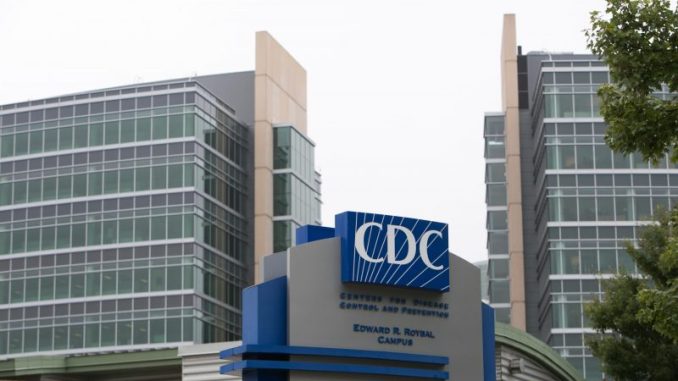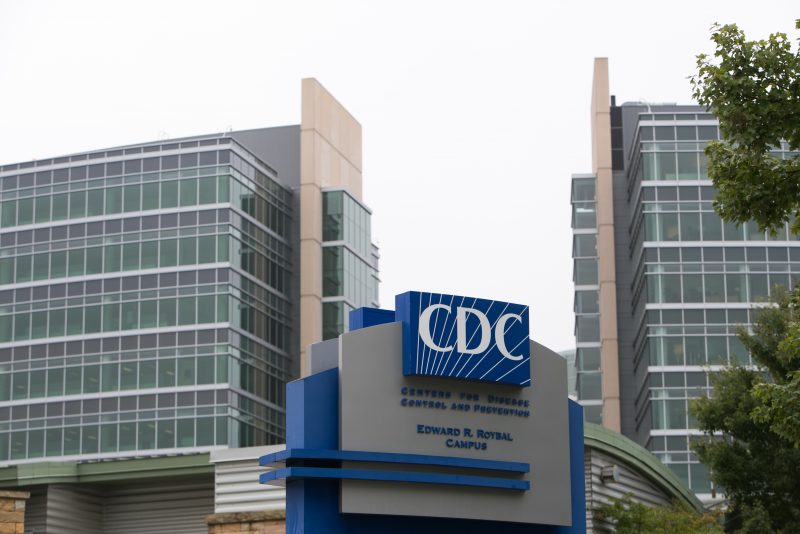

OAN’s Elizabeth Volberding
5:05 PM – Tuesday, February 13, 2024
Almost four years after the beginning of the worldwide COVID-19 pandemic, the United States Centers for Disease Control and Prevention (CDC) has decided to drop its five-day isolation guidelines this spring.
Advertisement
According to a report by the Washington Post, the United States CDC is anticipated to change its COVID-19 isolation guidelines this spring, stating that individuals do not need to isolate if they have not had a fever for 24 hours and if their symptoms are either “mild or improving.”
The planned shift was discussed internally last week in a briefing with state health officials, according to the Washington Post, which cited four unidentified agency officials.
The health agency intends to advise individuals who test positive for COVID-19 to decide when to end isolation, in light of their symptoms.
According to the report, which cited “CDC officials familiar with the situation,” people with mild and improving symptoms would no longer need to stay at home if they have been fever-free for at least 24 hours.
The report also added that the new recommendations would not apply to hospitals and other healthcare settings that serve more “vulnerable populations.” However, the CDC stated that there were no modifications to the agency’s isolation rules to announce at this time.
“We will continue to make decisions based on the best evidence and science to keep communities healthy and safe,” said Dave Daigle, a spokesperson for the CDC.
The majority of people have developed immunity to the virus either by vaccination or previous COVID-19 infection, which is “why there has been a shift,” the CDC claimed.
“Public health has to be realistic,” infectious disease expert Michael T. Osterholm told the Washington Post. “In making recommendations to the public today, we have to try to get the most out of what people are willing to do. … You can be absolutely right in science and yet accomplish nothing because no one will listen to you.”
The report also stated that the government has not yet approved the guidelines that the agency plans to publish in April.
“There are no updates to COVID guidelines to announce at this time. We will continue to make decisions based on the best evidence and science to keep communities healthy and safe,” CDC said in an email.
Since the CDC reduced the suggested isolation period for Americans with asymptomatic cases from 10 days to five days in December 2021, the guidelines for isolation in the event of a positive COVID-19 test had not been updated.
Since 2021, the CDC has advised those who test positive for COVID-19 to isolate for a minimum of five days before continuing to mask. The revised recommendations would align COVID-19 with recommendations for other respiratory viruses, like the common flu.
California and Oregon recently defied the recommendations of the CDC by declaring that individuals who test positive for COVID-19 are no longer required to isolate for a predetermined amount of time, and that those who do not exhibit symptoms are not required to isolate at all.
CDC data depicted that almost 86% of COVID-19 cases in the United States, as of January 19th, were generated by the sub-variant JN.1, recalled as a “variant of interest” by the World Health Organization.
Vanderbilt University infectious disease specialist Dr. William Schaffner used the most recent COVID-19 variant, JN.1, as an example.
“It’s producing a lot of mild infections. Lots of people are not even testing,” Schaffner said.
In the event that they test positive, people are no longer strictly adhering to the isolation guidelines.
“Once they feel better, they’re going back to their normal activities. They are not rigorously putting themselves in isolation for five days,” Schaffner added.
Additionally, other health experts have agreed that the new change is a wise decision.
“Given the increased amount of immunity to COVID-19 in the population, access to treatment for Covid-19 and reductions in hospitalizations and deaths, it seems reasonable for the CDC to adapt our national strategies,” said Dr. Clay Marsh, West Virginia’s COVID-19 czar.
“Currently, many of our citizens are no longer testing for COVID-19 and are not actively isolating,” Marsh said. “With the caveat of the risk of long COVID-19 and the potential for mortality in the elderly and immunocompromised, the future guidance by CDC meets the standard we are seeing.”
Stay informed! Receive breaking news blasts directly to your inbox for free. Subscribe here. https://www.oann.com/alerts
